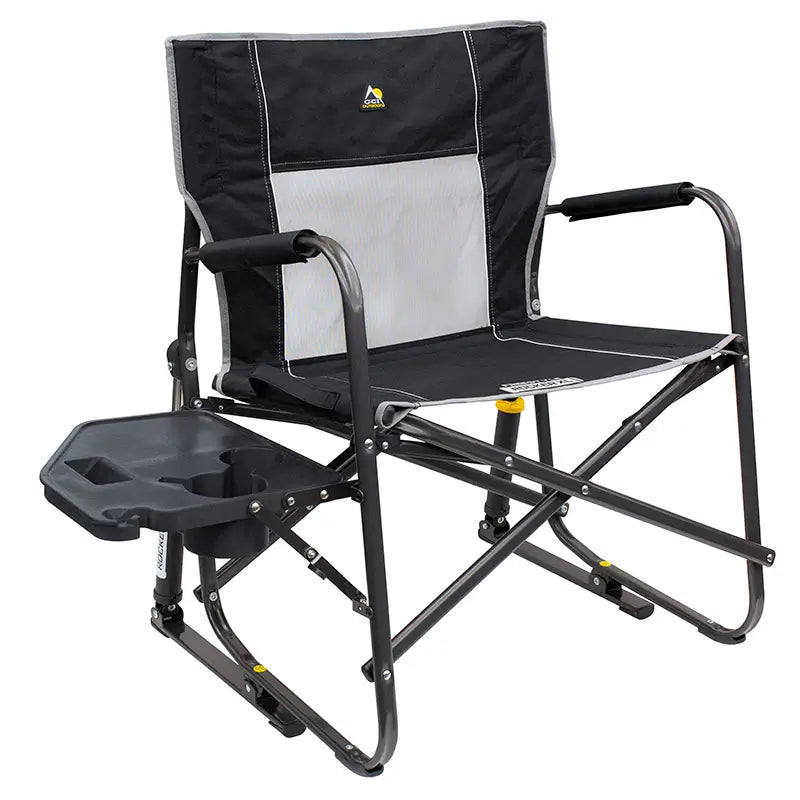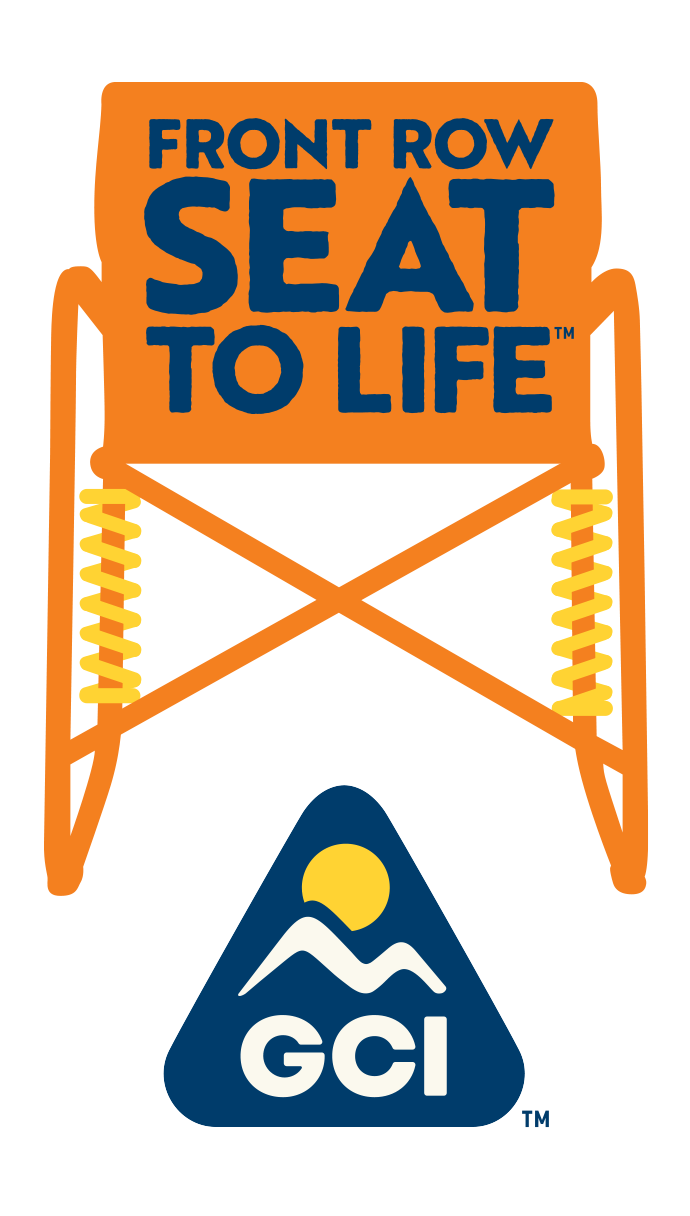Camping in your car is a great way to spend a simple weekend away from home, or to save money while on the road—and believe it or not, it can be comfortable! You don’t need a huge vehicle or a trailer hitch, just some advance preparation to ensure your comfort and safety. Read on for our favorite car camping tips—no tent poles required!
Packing Your Car
Smart packing can reign in the chaos of any road trip, but it’s especially critical when you’ll be camping in your car. While it can be tempting to toss things into your usual weekend bags, clear plastic bins with lids will actually serve you much better. Waterproof and stackable, these boxes can prevent items from getting squished or lost, and being able to see their contents means it will be easy to find what you’re looking for. One smaller box should be reserved for essentials—including device chargers, toilet paper, hand sanitizer, a first aid kit, sunglasses, etc.—and this should be stashed within arm’s reach.
Finally, if you’ll need more space than your car’s interior offers, utilize the roof. A soft cargo carrier can expand your storage without adding excess weight. Look for a bag that is both durable and waterproof; just be sure to check your vehicle’s rooftop dimensions and max load before purchasing.
Choosing a Campsite
Overnight parking isn’t allowed everywhere, so you’ll need to do some due diligence to make sure your campsite is legal. For parks, forests, and other protected lands, this is easy enough with a quick online search.
If you’d like to have access to restrooms, showers, and potable water—and you don’t mind having neighbors for the night—a campground is your best bet. Car camping in national parks is allowed in designated campgrounds which offer a range of amenities. There may be a fee for your parking space, and advanced reservations may be required.
However, if you prefer more solitude and wilderness, dispersed camping (outside of campgrounds) is allowed on U.S. National Forest lands. The ideal spot to park overnight is shaded, flat (so that your bed will be level), and adheres to the Forest Service guidelines in order to protect wildlife and natural resources.
Whatever you choose, ensure you know the local rules—certain places, for instance, do not permit campfires, whether year-round or during periods of wildfire risk. If it’s been a while since your last trip, you should also brush up on the principles of “Leave No Trace” camping—these apply no matter where you go.
Setting Up Your Space
Once you’ve secured a campsite, you’ll want to give yourself some extra living space outside of the car so that you can stretch your legs and enjoy your surroundings. Ideally, you can set up a canopy to provide shade and rain protection. A portable awning that mounts on your car is great to have, but you can also make do with just a tarp—simply hitch it to a nearby tree.
A camp table is essential for your setup. It doesn’t need to be fancy; it just needs to keep your things off the ground, especially in wet conditions. Our Compact Camp Table 20 is a top choice because it takes up the absolute minimum in storage space, but is sturdy enough to use as a dining table.

And to help you relax before it’s time to climb back in the car, a portable outdoor chair like the Kickback Rocker is key. The smooth rocking action is perfect whether you’re around a campfire or in a grassy field, and when it’s time to hit the road, it folds up quickly to a compact size that saves you valuable trunk space.
Finally, bring along some extra lighting—don’t risk draining your car’s battery by using your headlights to cook or to find your way to a makeshift bathroom after dark. Our recommendations: a rechargeable LED lantern for task lighting, a book light for late-night reading, and a string or two of battery-operated lights for all-night ambiance.
Cooking & Eating
After setting up, it’s time to fuel up. We recommend planning your car camping menu ahead of time (loosely, at least). This way, you can ensure that you have an adequate supply for both meals and snacks, and you’ll know exactly what cooking equipment to pack, and what to leave home. Whatever’s on the menu, always ensure that you have plenty of water—more than you think you’ll need.
It’s a good idea to have at least one pot or pan on hand, as well as a can opener, reusable or disposable utensils and dishes, and a meat thermometer. Depending on where you’ll be spending the night, you may need a portable grill or single-burner stove. If you’re cooking for a crowd or making an elaborate meal, stay organized with an aluminum-top camp kitchen; features like a lantern pole, paper towel holder, and soft-shell sink can make a big job more manageable.
Stay on top of your campsite’s cleanliness to ensure that you leave no trace, and to avoid run-ins with wild animals. Have plenty of trash bags on hand, as well as paper towels or multi-purpose kitchen towels. Leftovers should be immediately stored in containers or the cooler. However, if you are in bear country, additional precautions like bear canisters or hanging bags are necessary. When car camping in national parks, check to see if your campsite offers food storage boxes for this purpose.
Sleeping
Some frequent car campers prefer an in-car sleeping platform, which can be purchased or custom-built—bins get stored underneath it, while the top is a flat surface for sleeping. However, as long as your seats fold flat, you’ll probably be just as comfortable with a foam sleeping pad and a sleeping bag. Don’t forget your pillow—a compressible one is a great choice, as it takes up less room.
Remember that it will get stuffy in the car overnight, and you’ll need to crack the windows for ventilation. This means you should plan on being chilly (even in the summer); having warm clothing and a pair of wool socks can make a huge difference as you get cozy. To keep pests out, you can purchase bug screens or DIY them with mosquito netting. You may also want to keep prying eyes out (particularly in crowded areas), in which case temporary curtains or privacy screens will be helpful.
Most importantly, try to get a good night’s rest, because this is crucial to whatever daybreak brings for you, whether that’s a long hike or bike ride, or hours of driving.








































